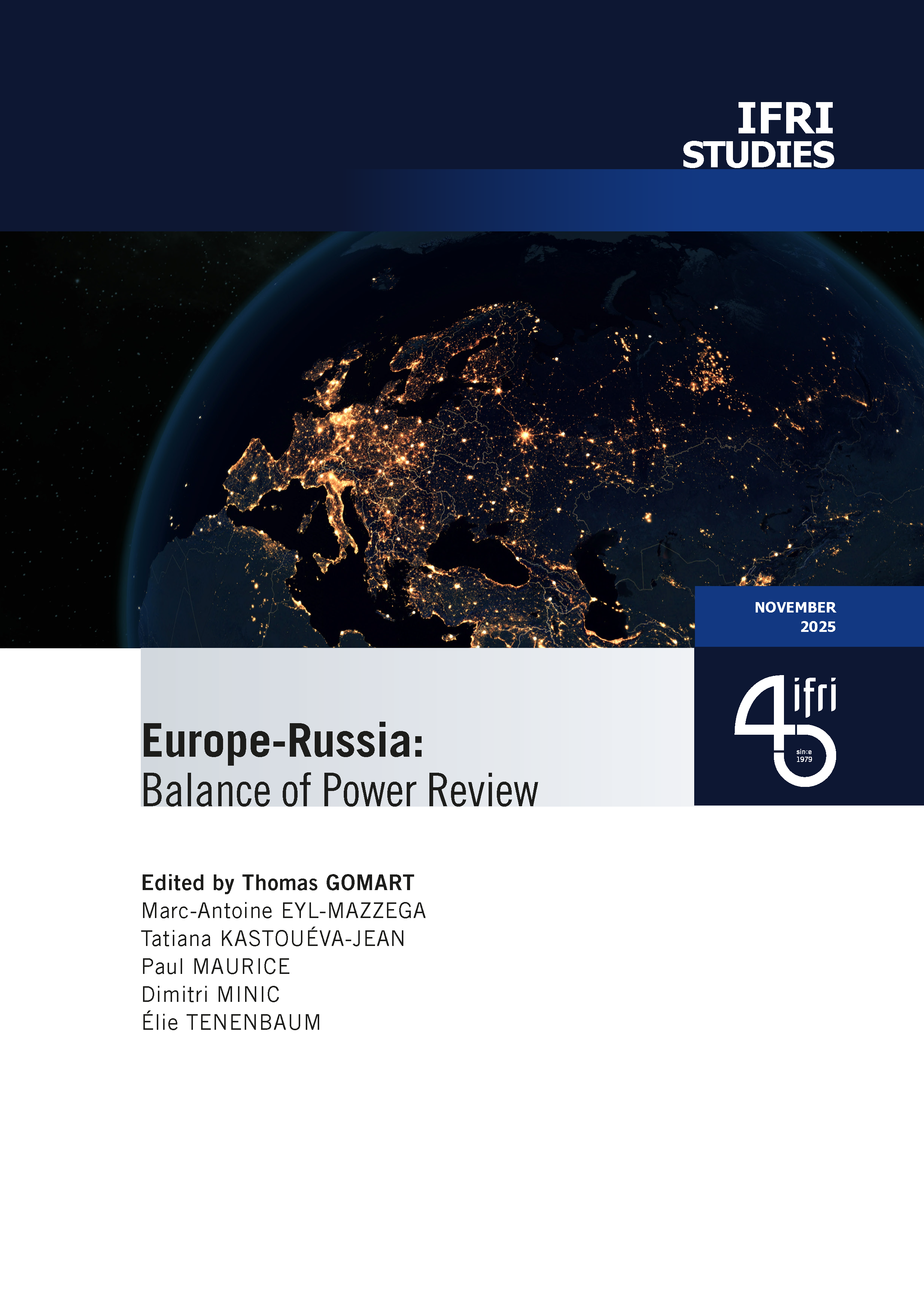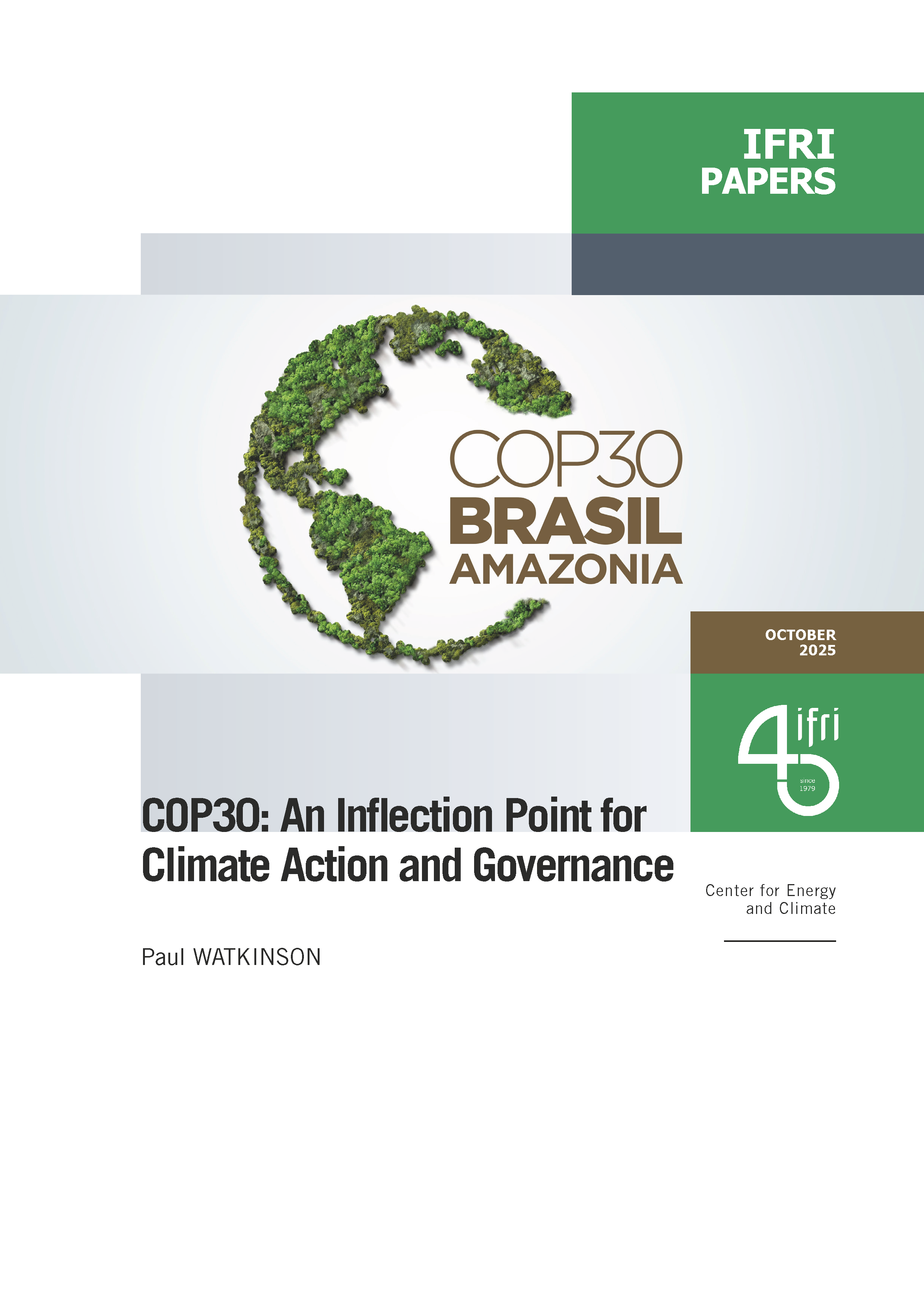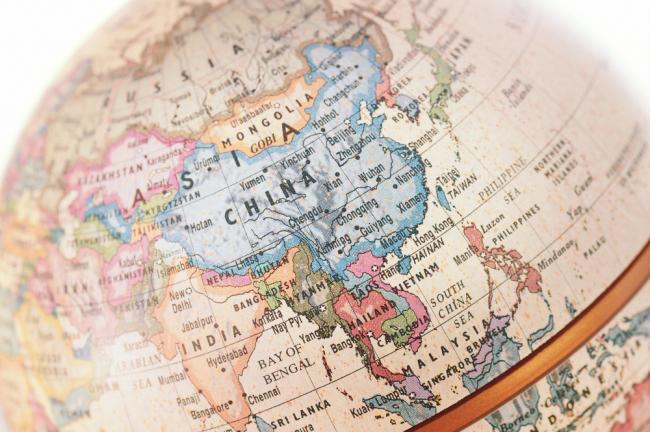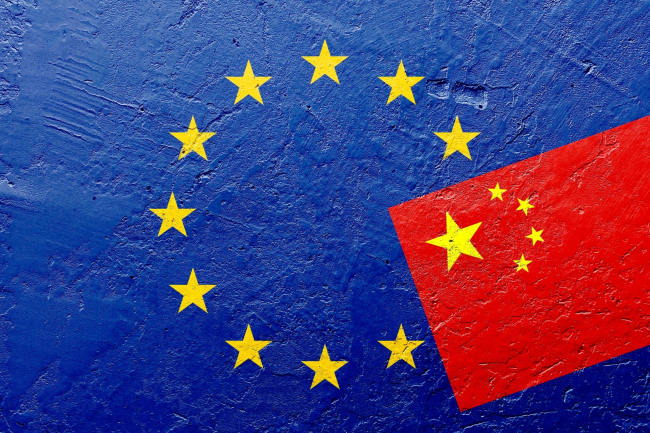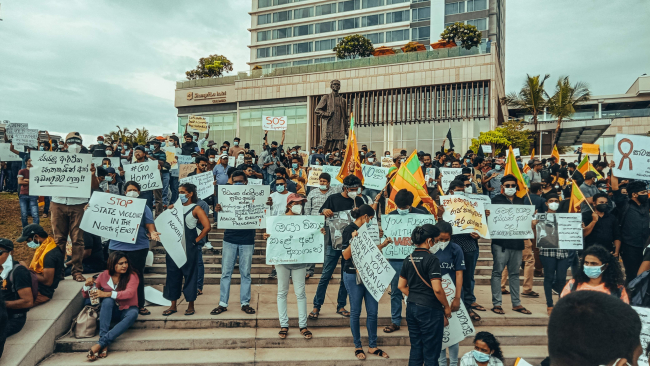A Shadow over the Himalayas: India's Tibet Problem

This article explains the central role of the Tibetan issue in complicating Sino-Indian relations.
It analyses three years of building tensions between China and India over, nominally, the Arunachal Pradesh that could very well have led to conflict. These tensions were ultimately diffused after a high-level, bilateral discussion held on the margins of the APEC meeting at Hua Hin, Thailand on October 24, 2009. The author explains that "the root cause of China's ambivalence towards India is not the persistence of disagreement over the demarcation of the Line of Actual Control (LAC), or the status of Arunachal Pradesh, but its own failure to assimilate the Tibetans into the mainstream of its civilization and politics." But New Delhi's misreading of the importance of the Tibetan issue for Beijing is also problematic. "New Delhi's failure to link the deterioration of relations...with China's growing problems in Tibet arises from the vast asymmetry in the importance China and India attach to Tibet. To India, the Tibetans in exile (around 120,000) remain refugees who sought political asylum, and have now only to be discouraged from taking hostile political actions against China from Indian soil. Beijing, however, regards them as a well-knit insurgent group based in India that skillfully mobilizes international sympathy and uses the internet to reach Tibetans within China to foment an insurgency."
Despite the calming of tensions following Hua Hin, "the underlying problems in Tibet remain. The Dalai Lama remains in India with his freedom and respect unimpaired. The Tibetan community in India continues to grow, prosper and communicate with Tibetans in the West, and within China via internet. The Tibetan ethnic and political identity therefore remains undented. Thus a resurgence of Sino-Indian tension whenever the Chinese face problems in Tibet remains a distinct possibility."

Available in:
Regions and themes
ISBN / ISSN
Share
Download the full analysis
This page contains only a summary of our work. If you would like to have access to all the information from our research on the subject, you can download the full version in PDF format.
A Shadow over the Himalayas: India's Tibet Problem
Related centers and programs
Discover our other research centers and programsFind out more
Discover all our analyses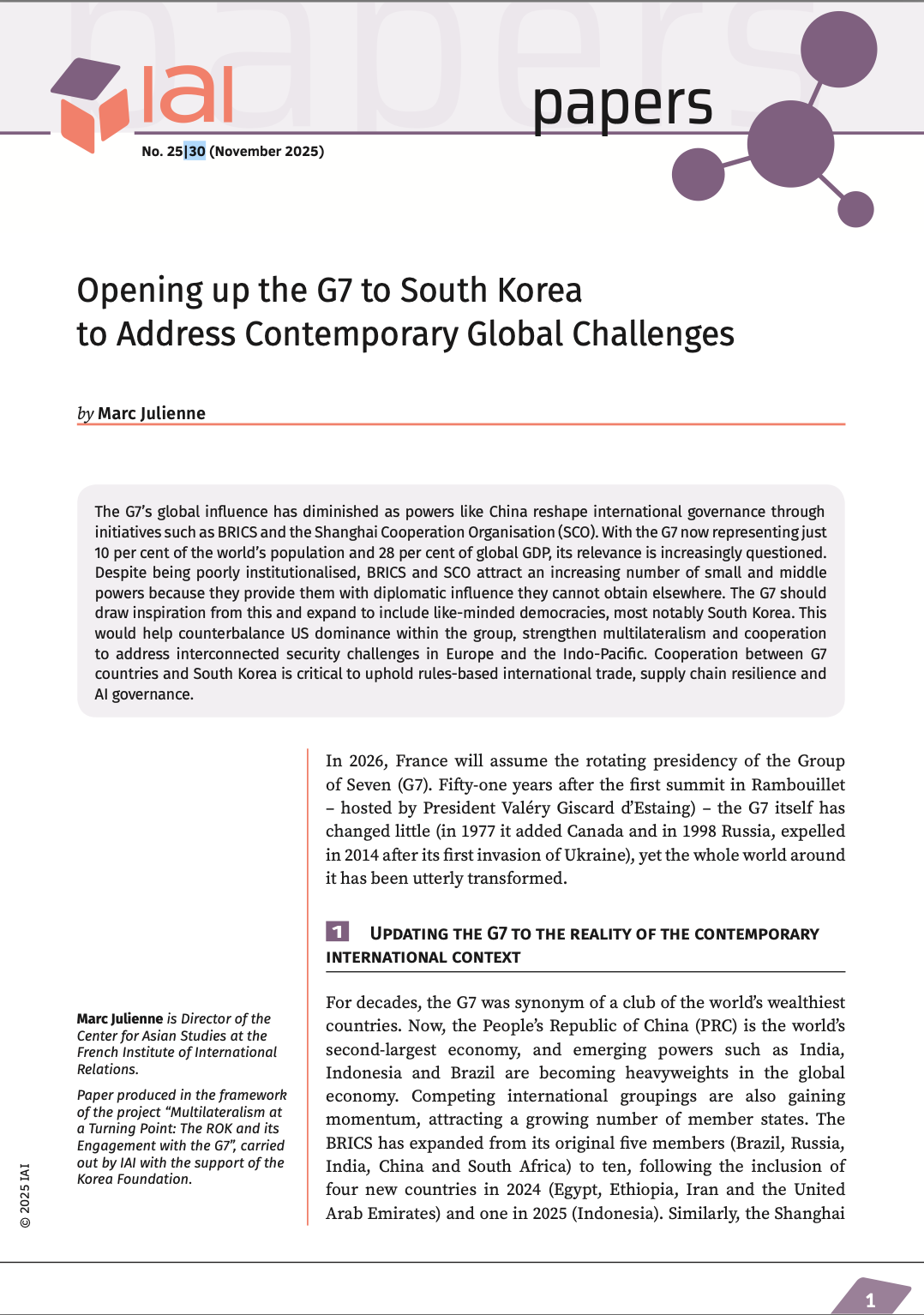
Opening up the G7 to South Korea to Address Contemporary Global Challenges
The G7’s global influence has diminished as powers like China reshape international governance through initiatives such as BRICS and the Shanghai Cooperation Organisation (SCO). With the G7 now representing just 10 per cent of the world’s population and 28 per cent of global GDP, its relevance is increasingly questioned.
Expanding SPDMM as a pivotal institution in the Pacific – A French perspective
The South Pacific Defence Ministers’ Meeting (SPDMM) is the only forum that brings together defense ministers from the wider South Pacific — including Chile, which is hosting it for the first time. This heterogeneous group of countries with varying resources, capacities, and interests — Australia, Chile, Fiji, France, New Zealand, Papua New Guinea (PNG), and Tonga — are united by their shared determination to strengthen cooperation on maritime security and humanitarian assistance and disaster relief (HADR) activities.
EU’s Derisking From China: A Daunting Task
With economic security as a major concern, the EU has recently turned to “derisking” from China. The EU strategy entails reducing critical dependencies and vulnerabilities, including in EU supply chains, and diversifying where necessary, while recognizing the importance and need to maintain open channels of communication.
Sri Lanka’s NPP Government. From System Change to Structural Compliance
In September 2024, a relative outsider to Sri Lanka’s two-party-dominated political system, Anura Kumara Dissanayake, won the presidential elections. The anti-establishment, populist movement he represented, the National People’s Power (NPP), went on to receive an overwhelming mandate in the November 2024 general elections, winning 159 seats in a 225-member parliament.


